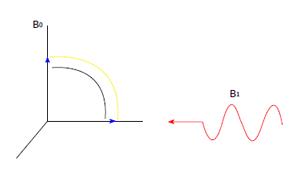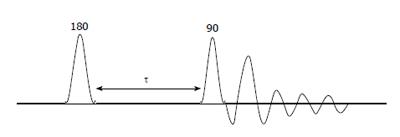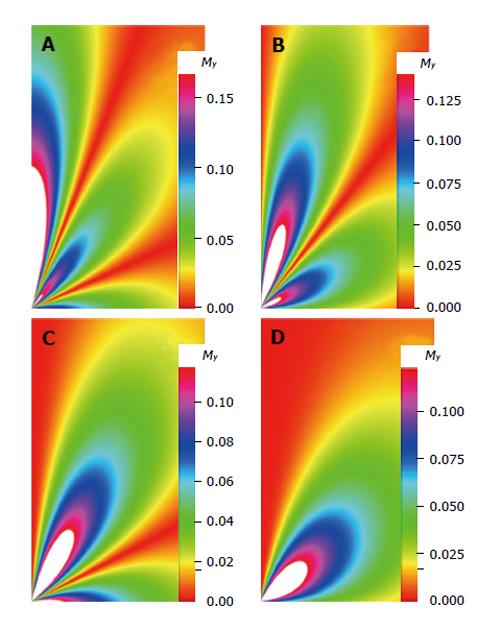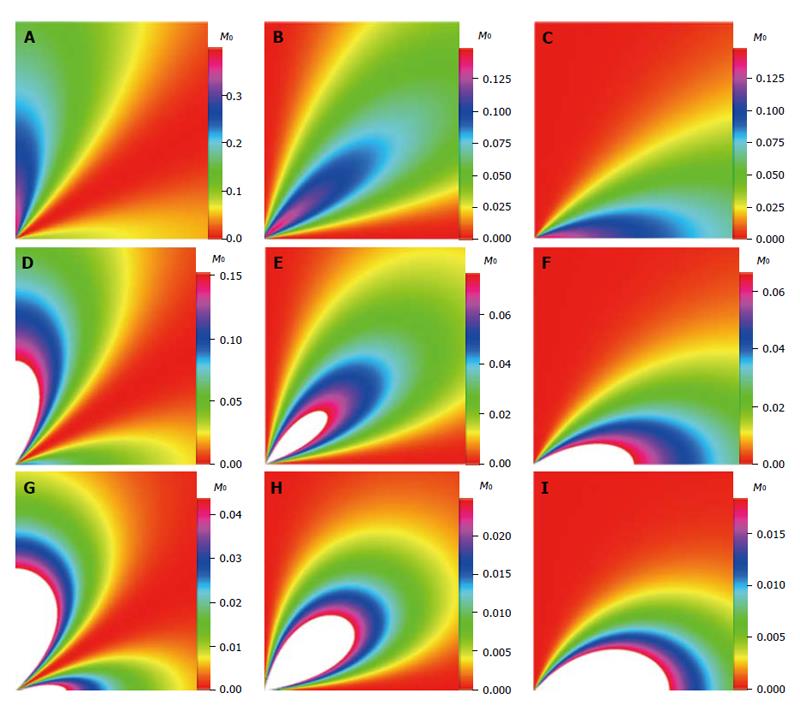Copyright
©2014 Baishideng Publishing Group Co.
World J Transl Med. Apr 12, 2014; 3(1): 17-30
Published online Apr 12, 2014. doi: 10.5528/wjtm.v3.i1.17
Published online Apr 12, 2014. doi: 10.5528/wjtm.v3.i1.17
Figure 1 The charged nucleus (for example, 1H) rotating with angular frequency ω = 2πv creates a magnetic field B and is equivalent to a small bar magnet whose axis is coincident with the spin rotation axis[4].
Figure 2 A 90-degree flip of the net magnetization.
Math 1 Math(A1).
Math 2 Math(A1).
Math 3 Math(A1).
Math 4 Math(A1).
Math 5 Math(A1).
Math 6 Math(A1).
Math 7 Math(A1).
Math 8 Math(A1).
Math 9 Math(A1).
Math 10 Math(A1).
Math 11 Math(A1).
Math 12 Math(A1).
Math 13 Math(A1).
Math 14 Math(A1).
Math 15 Math(A1).
Math 16 Math(A1).
Math 17 Math(A1).
Math 18 Math(A1).
Figure 3 A series of spectra recorded with different values of τ to map out the recovery of the magnetization.
Math 19 Math(A1).
Math 20 Math(A1).
Math 21 Math(A1).
Math 22 Math(A1).
Figure 4 Image from the transverse magnetization as it varies with time, t = 3 ns, and the relaxation parameters τl = 5.
1 ns, l = 3.734375 for (A) m = 0; (B) m = 1; (C) m = 2; (D) m = 3.
Figure 5 Image from the transverse magnetization as it varies with time, t = 3 ns, and the relaxation parameters τl = 6.
3 ns, l = 5.084034 for (A) m = 0; (B) m = 1; (C) m = 2; (D) m = 3.
Figure 6 Image from the transverse magnetization as it varies with time, t = 3 ns, and the relaxation parameters τl = 7.
1 ns, l = 6.057692 for (A) m = 0; (B) m = 1; (C) m = 2; (D) m = 3.
Figure 7 Image from the transverse magnetization as it varies with m = 3, and the relaxation parameters τl = 7.
1 ns, l = 6.057692 for (A) t = 5 ns; (B) t = 10 ns; (C) t = 50 ns; (D) t = 150 ns.
Math 23 Math(A1).
Math 24 Math(A1).
Math 25 Math(A1).
Figure 8 Density maps of M0 using Equation (8) for l = 2 and (A) m = 0, 0 ≤ R ≤ 21/2; (B) m = 1, 0 ≤ R ≤ 21/2; (C) m = 2, 0 ≤ R ≤ 21/2; (D) m = 0, 0 ≤ R ≤ 81/2; (E) m = 1, 0 ≤ R ≤ 81/2; (F) m = 2, 0 ≤ R ≤ 81/2; (G) m = 0, 0 ≤ R ≤ 321/2; (H) m = 1, 0 ≤ R ≤ 321/2; (I) m = 2, 0 ≤ R ≤ 321/2.
- Citation: Onwu OS, Dada OM, Awojoyogbe OB. Physics and mathematics of magnetic resonance imaging for nanomedicine: An overview. World J Transl Med 2014; 3(1): 17-30
- URL: https://www.wjgnet.com/2220-6132/full/v3/i1/17.htm
- DOI: https://dx.doi.org/10.5528/wjtm.v3.i1.17









































